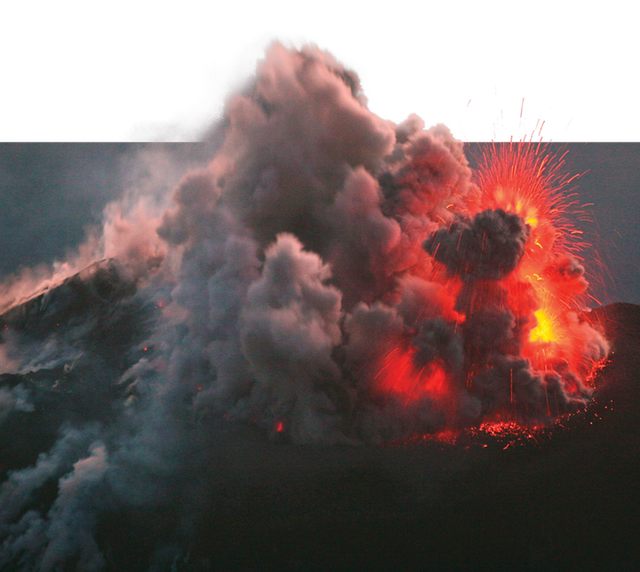LookingattheDangers
Whilemosteruptionsaresmall,largeeruptionscanbedangerous.Thelavadomesproducealargevolumeofashandvolcanicrock.Whenrain watermixeswiththem,itformsamuddyliquidthatflowsdownthevolcano.It’scalleda“lahar.”Becauseoftheamountofashthedomesproduceandtheamountofrainfallinthisregion,thelaharscanbeverydangerous.Theycandestroywhole towns.
Anotherdangerispyroclasticflows.Theyarescorchingcloudsofgas,ash,androck.Theysweepacrossalandscapelikeastrongwind.Theymovewithsuchspeedyoucan’toutrunthem.Pyroclasticflowscanwipeouteverythingintheir path.
SpreadingtheWord
Thelocalpeoplehavemythsandstoriesaboutthelavadomes.Buttheteamwantedtosharetheirscientificfindings.So,theycreatedamuseumexhibit.Theyheldtalkstoshareinformationaboutthedomes.Theywantedtocorrectanymisconceptionspeoplemight have.
Peoplefinallyunderstoodthesciencebehindtheirunrulyneighbor.Ideasforwarningsystemsandotherpreventativemeasuresthen followed.
Theteamstillhasalotofworktodo.Itwilltaketimetoanalyzethephotographs.Theyhopetoseepatternsthatmightrevealhowthevolcanoanditslavadomesactandwhatchangesmaycomeinthe future.
El Caliente
Santa María
Thisbridgeisuseddailybylocalpeople.However,itisfrequentlydestroyedby eruptions.

